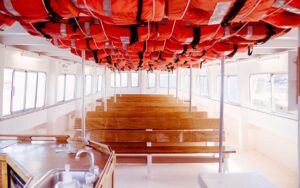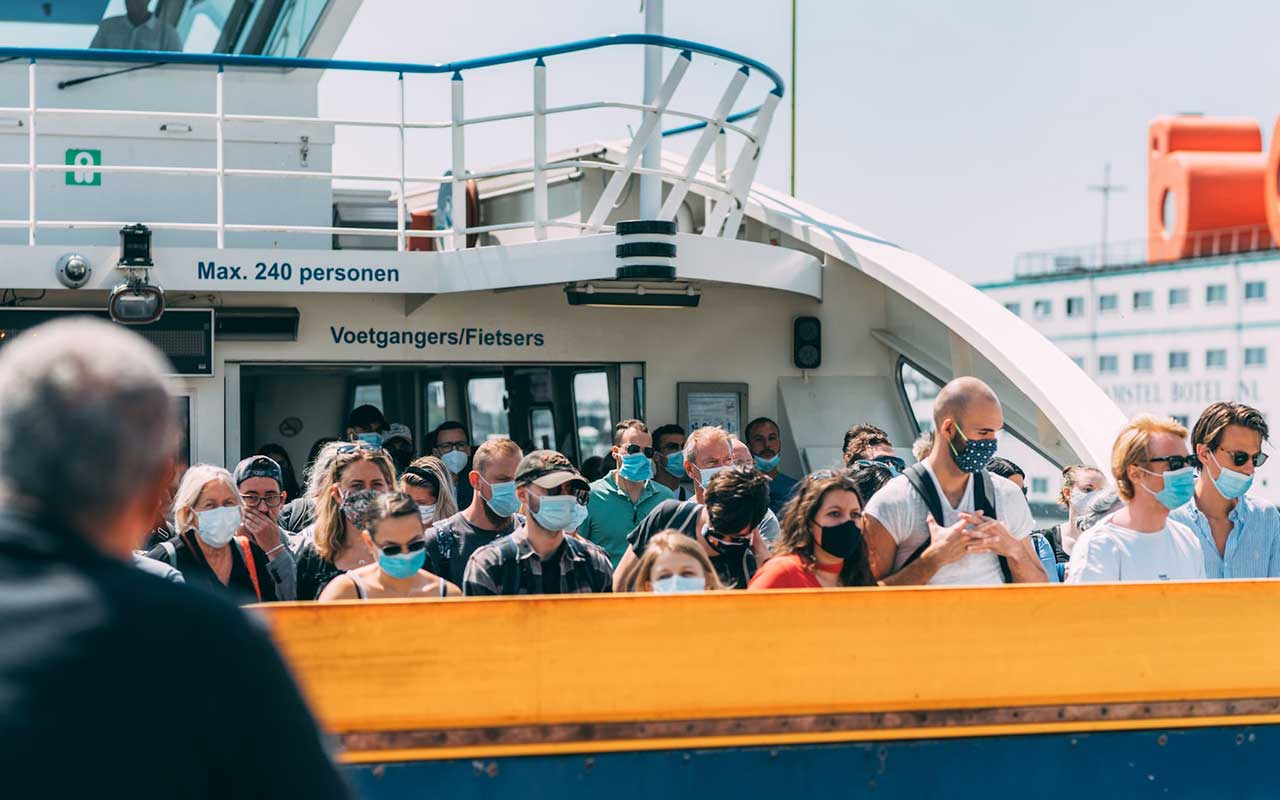The year 2020 had the most unexpected turn of events. Many businesses in the world had a profound impact on them after the COVID-19 pandemic. From the retail industry to the hospitality industry- nothing was spared! And the cruise industry was no different! With widespread closures and travel bans, the cruise lines have been forced to navigate the stormy seas of uncertainty and change.
Out of many things that were unexpectedly called out for a shutdown, the cruise line made it to the list for the reason of onboarding thousands of passengers in a limited space. The risk was undoubtedly high and thereby led to the suspension of cruise ship operations worldwide. While many businesses made a comeback by adapting the “new normal” policy, the question that still pertains is ‘What does the future of cruise lines look like?’ And ‘is the cruise industry still a breeding ground for viruses & diseases?’

For this and many other questions, the blog rides you through the new approach the cruise industry has inculcated in the recent past.
Stringent safety protocols:
Like many other industries, the cruise line too undertook immediate actions by increasing health and safety measures. This included mandatory vaccinations and COVID-19 testing for passengers and crew, as well as enhanced cleaning protocols and social distancing measures on board. While these are the basic ones, the industry also took care of –
> Limiting shore leaves for crew members and testing them before and after the shore leave.
> Training of shipboard medical staff in handling COVID cases and emergencies.
> Allocating a few cabins on selected decks (usually interior ones on higher decks) as isolation or quarantine cabins for crew members who test positive.

The well-planned redemption:
To gain the confidence of the passengers yet again, the cruise lines ensured to restart of their operations by making additional changes to their existing plan. One of these included limiting the number of bookings; since the risk of infection was a major concern, limiting the bookings ensured safe social distancing. With this, it also made the availability of spare rooms in case of emergency isolation. In addition to these changes, we can also expect to see an increased focus on destinations that are considered “safe” or low-risk for COVID-19 transmission.

Another trend we may see is a shift towards smaller, more intimate cruise ships. With the pandemic highlighting the risks of large crowds, many passengers may be more comfortable on smaller vessels that can better control the spread of disease. This trend towards smaller ships will likely be accompanied by a focus on luxury and exclusivity, as passengers may be willing to pay more for a higher level of comfort and safety.
Conclusion:
The cruising industry has always attracted a loyal customer base despite the challenges. Even today, cruise rides are considered a safe and convenient travel option by many. With the mandatory safety protocols in place, the cruise lines emerged victorious and started operating in full swing as they did before.

